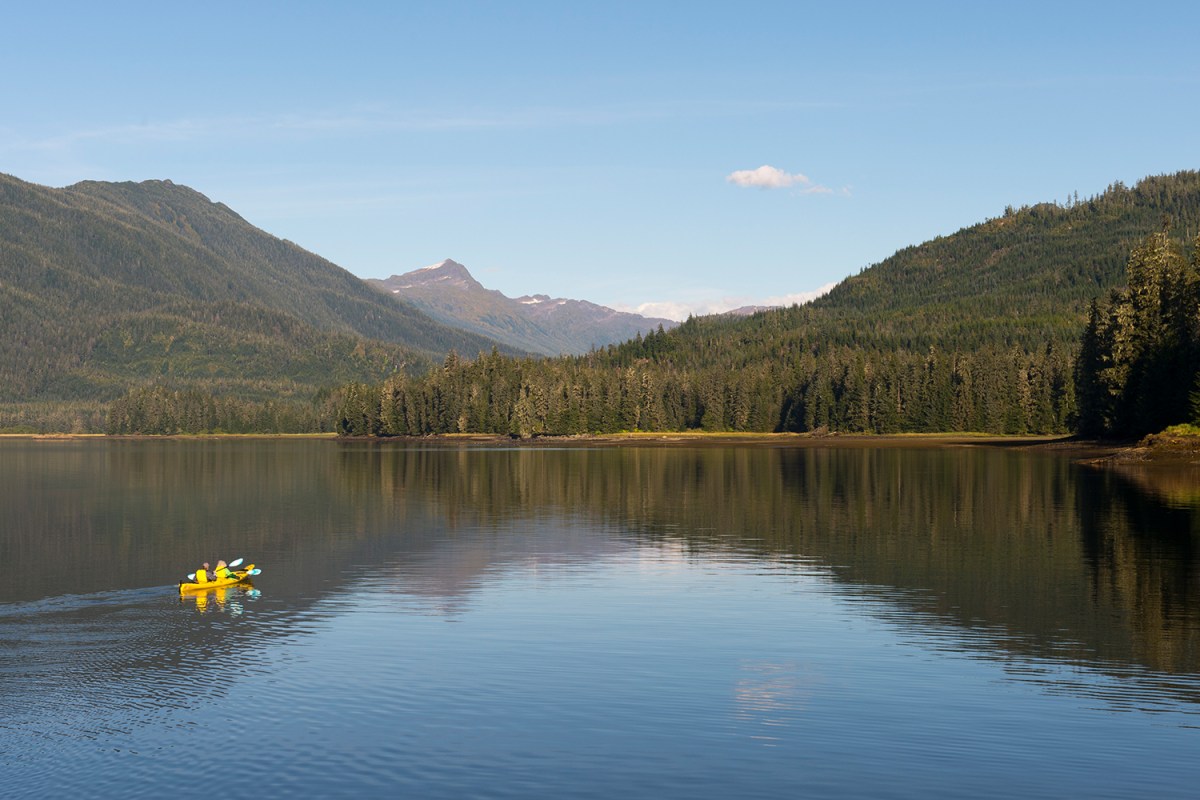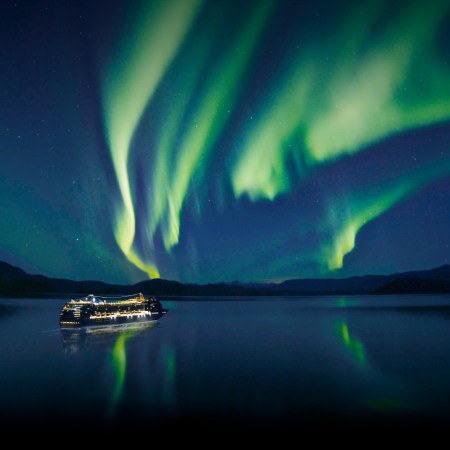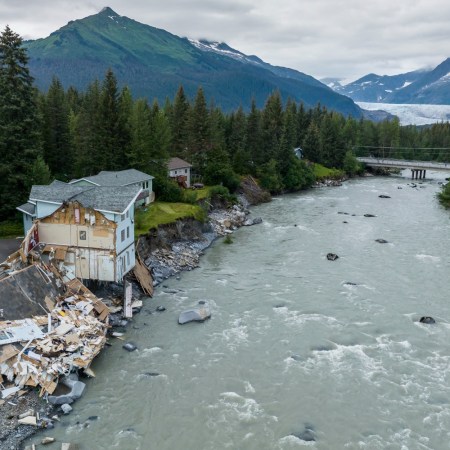In the U.S., our protected public lands are under siege, and in most instances, the people laying siege are loud and proud. When President Donald Trump shrunk Bears Ears National Monument by 85 percent after intense lobbying from a uranium firm, he tweeted a celebratory video. Mining leases were halted in Minnesota’s Superior National Forest in 2016, but Trump bragged about opening them back up to a Chilean company.
In other instances, the besiegers are quiet, slipping past legislative red tape without notice for as long as possible. Such is the case with the country’s largest national forest, which may soon see its protections struck down in favor of old-growth logging.
How have we not heard of this before? It might be because you can’t name the largest national forest in the U.S. It’s called the Tongass, and it takes up most of Southeast Alaska: about 16.7 million total acres, which play home to about 70,000 people. Roughly the size of West Virginia, it also has the important international designation of being “the largest intact temperate rainforest in the world.” You don’t need an environmental scientist to tell you how important that ecosystem is to our planet.
More likely, though, the reason you haven’t heard about the massive logging expansion plan is because the people who are in favor of it don’t want you to know. Those people, chiefly, are Republican Senator Lisa Murkowski of Alaska and U.S. Forest Service Chief Vicki Christiansen.
The first weekend of July, Murkowski hosted Christiansen to promote the plan, but instead of announcing the visit beforehand — like they did when U.S. Secretary of Agriculture Sonny Perdue visited a year ago — they kept a low profile, according to Alaska Public Media. Murkowski’s office didn’t issue a press release until five days after the meeting.
To fully understand why Murkowski and Christiansen would do this, first we have to understand the proposal they’re working on. As it stands, 9.2 million acres of Tongass National Forest are protected by the 2001 Roadless Area Conservation Rule (more commonly referred to as the Roadless Rule), which essentially prohibited road construction and timber harvest on 58.5 million acres within the National Forest System. This policy was put in place to protect the lands and species that live there. But when it comes to the Tongass specifically, the implications are greater, considering the region’s benefit to the planet at large (see: largest temperate rainforest).
Murkowski, who is also chairman of the U.S. Senate Committee on Energy and Natural Resources, has been pushing for an Alaska-specific exemption to the Roadless Rule for a while. She wants to increase logging in undeveloped parts of the Tongass, especially old-growth logging. In a recap of the recent trip, CoastAlaska spoke with Wrangell Borough Manager Lisa Von Bargen, who said, “There was discussion about making sure that we’re able to keep the one remaining mill in Southeast, operational.” That would be Prince of Wales Island’s Viking Lumber Mill.
While that plea is in line with Murkowski’s statement that “communities in Southeast Alaska” are counting on the Roadless Rule rollback, they’re both deceptive, and deployed to tug at blue-collar heartstrings. This proposal isn’t about saving one mill: it’s about prioritizing the short-term financial gain of a few over the long-term benefits of everyone. As Natalie Dawson, Executive Director of Audubon Alaska, told us, “The future of climate change adaptation strategies and mitigation will rely on carbon sequestration from forests like the Tongass.”
Buck Lindekugel, an attorney with the Southeast Alaska Conservation Council, put it to Audubon Magazine in another way: it’s not just a small section of the Tongass that’s at stake — it’s all 9.2 million protected acres of this forest and the 40-plus million acres of other Roadless forests. “I would argue that if they can strip roadless protections from the Tongass, they can strip them from any national forest,” he said.
You may be wondering, “Why is this a concern of people in the lower 48? Shouldn’t it be up to Alaskans who live in and around the Tongass?” Actually, they’ve already spoken, and they opposed rolling back Roadless. After the U.S. Forest Service wrote a state-specific rule to exempt Tongass from the protections at the direction of Agriculture Secretary Perdue, a 45-day public comment period was opened. During that time, 144,000 entries were logged. The conclusion? “The majority of comments received opposed changing the 2001 Roadless Area Conservation Rule … for Alaska.”
That was back in February 2019. So obviously Murkowski and Christiansen don’t think public opinion is a good enough reason to stop pushing for the decimation of old-growth forests. “Decimation” may sound harsh, but don’t forget, there’s a reason Outside named Senator Murkowski “the #1 anti-public land lawmaker.” She already succeeded in opening the Alaska National Wildlife Refuge to oil drilling, and she’s not going to give up on the money signs she sees in the Tongass.
“I am afraid that political agendas will take control of our forests, negating all public processes and allowing an already dead industry to drive an old narrative that does not reflect the needs of the people in the region, the needs of resources and the future of our public lands,” said Dawson when asked about the potential outcome.
The best way to push back against this potentially precedent-setting old-growth logging? Spread the word. Tell your family, friends and colleagues. Get people outside Alaska to care. National attention is exactly what Murkowski and Christiansen were trying to avoid earlier in July, and they succeeded.
As Audubon notes, the Forest Service will be issuing a draft environmental impact statement for the plan later this summer. That document will also be open to public input. If the public overwhelmingly opposes the rollback again, Murkowski and co. are going to have a hard time justifying it.
This article was featured in the InsideHook newsletter. Sign up now.
























